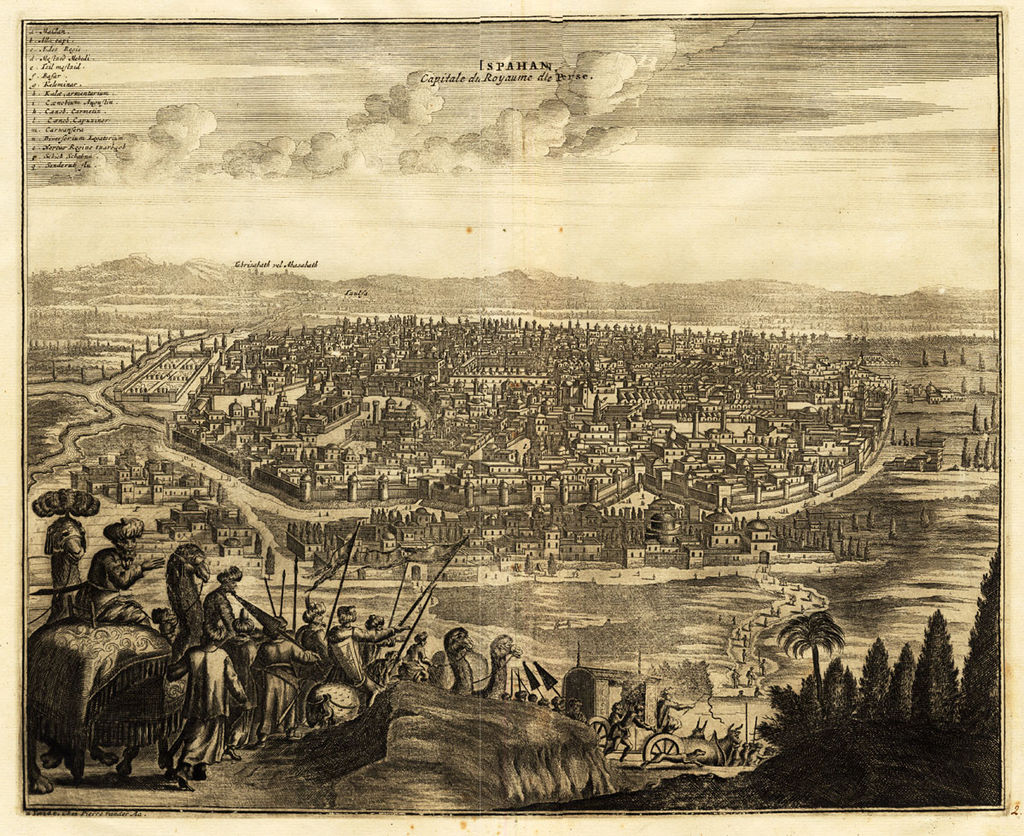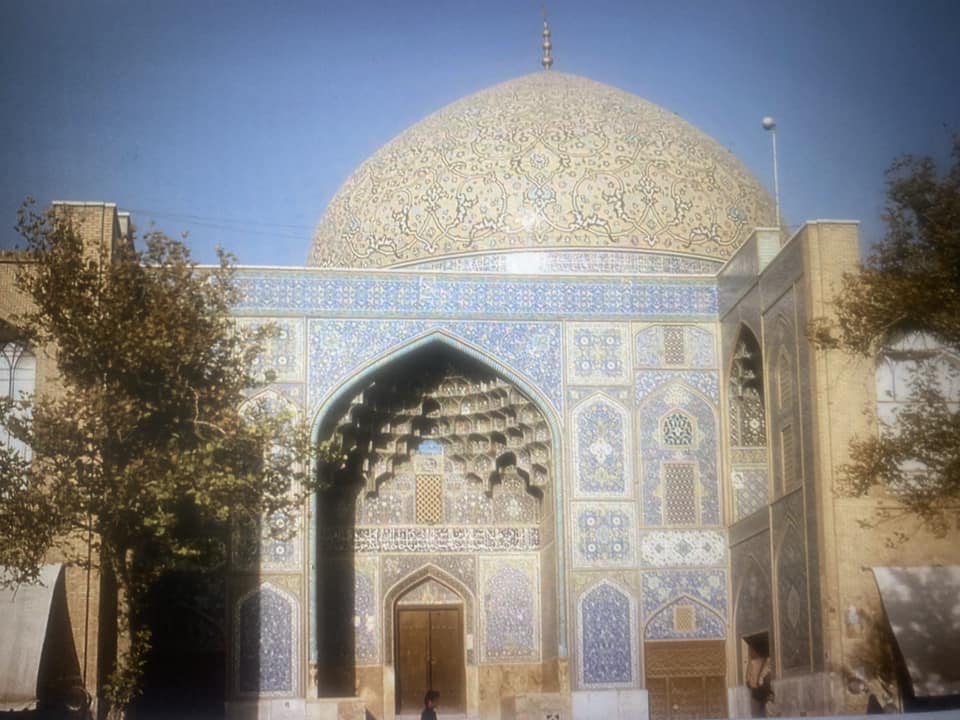
AsianOverland.net
Tour Guide - Itinerary
Asian Overland Sydney to London
Date 27/04/2024ISFAHAN, IRAN
ASIANOVERLAND.NET LONDON TO SYDNEY DAY 310: TEHRAN TO ISFAHAN, IRAN
Even if you feel like you’re being chased out of Iran by the Revolutionary Guards, the great city of Isfahan at the intersection of the two principal routes through Iran, north–south and east–west, is still a compulsory stop.
When Cyrus the Great unified Persian and Median lands into the Achaemenid Empire, the religiously and ethnically diverse city of Isfahan became an example of the king's fabled religious tolerance. It was Cyrus who, having taken Babylon, made an edict in 538 BCE declaring that Jews in Babylon could return to Jerusalem.
The Parthians (247 BCE–224 CE) continued the tradition of Persian tolerance after the fall of the Achaemenids, continuing a Hellenistic dimension within Iranian culture and political organization introduced by Alexander the Great. Under the Parthians, governors administered the provinces of Iran (Persia) from Isfahan.
The next empire to rule Persia, the Sassanids (224 CE–651 CE), presided over massive changes, instituting sweeping agricultural reforms and reviving Iranian culture and the ancient Zoroastrian religion. The city and region of Aspahan or Spahan was governed by the Espoohrans, who descended from seven noble Iranian families. Isfahan's strategic location at the intersection of the ancient roads to Susa and Persepolis made it ideal for a standing army, ready to march against Constantinople at any time.
In 1387, Isfahan surrendered to the Turko-Mongol warlord Timur, but subsequently revolted against Timur's punitive taxes by killing the tax collectors and some of Timur's soldiers. In retribution, Timur ordered the massacre of Isfahan's residents, killing 70,000 citizens. An eye-witness counted more than 28 towers, each constructed of about 1,500 decapitated heads. Mongol retribution was both legendary and infamous.
Under the Safavid dynasty, Isfahan became the capital of Persia for the second time in its history, under Shah Abbas the Great. Isfahan is famous for its blue Perso–Islamic architecture, grand boulevards, covered bridges, palaces, tiled mosques, minarets, paintings, carpets and artifacts. The fame of Isfahan led to the Persian proverb:
“ Isfahan is half the world”.
© This work is copyright. Apart from any use permitted under the Copyright Act 1968, no part may be reproduced by any process, nor may any other exclusive right be exercised, without the permission of Peter Searle, peter@portseavillageresort.com; 1980-2024.
Website built by Justin O’Dea www.webdeveloperdocklands.com.au
.jpg)




